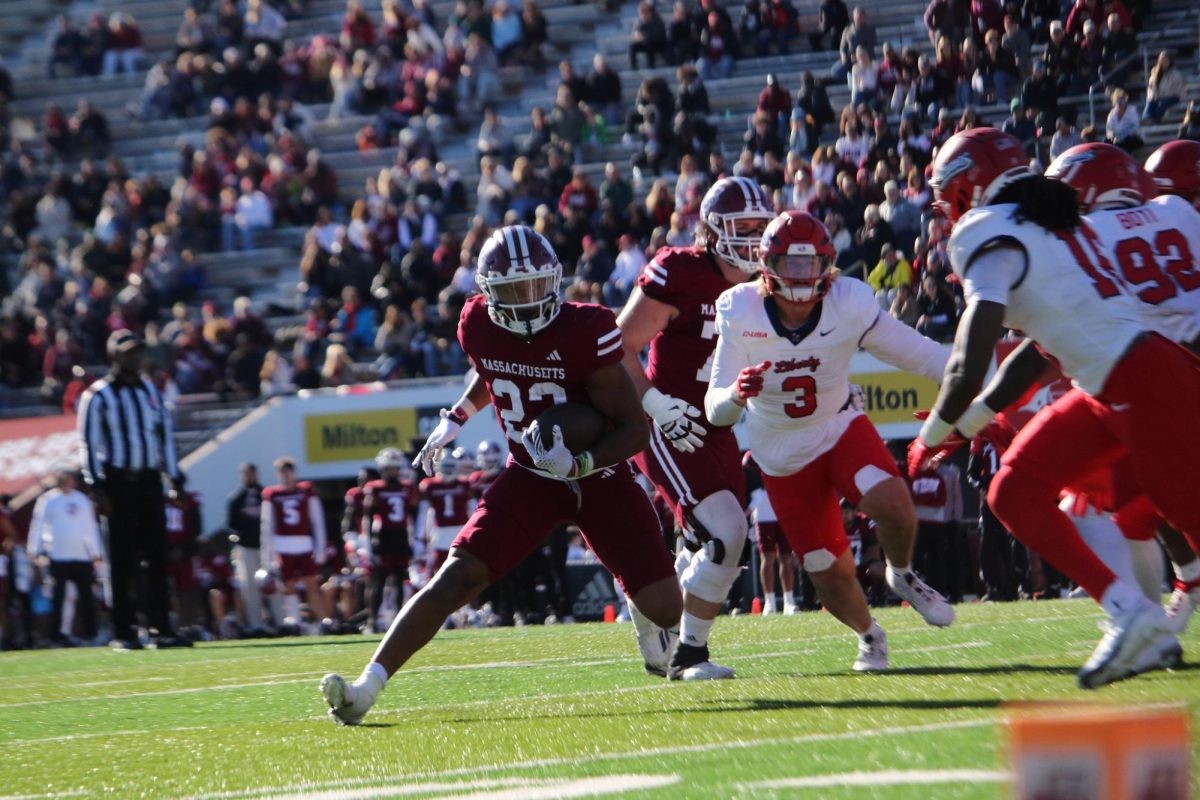
In the eight years since the release of her first album, “The Fame,” Lady Gaga has captivated audiences around the world with her radical pop songs and daring fashion sense. Fearless and eccentric, she has made her mark as one of the most unique figures in pop music since Madonna.
Gaga’s sound has remained, for the most part, consistent on the majority of her albums. Following 2008’s “The Fame,” her wildly successful 2011 album “Born This Way” proved that she was more than a one-hit-wonder, showcasing her strong vocals with a flare of dance and techno-pop.
Her third album, 2013’s “Artpop,” received mixed reviews in comparison to her previous blockbusters, but was nonetheless followed up by 2014’s hugely successful “Cheek to Cheek,” a remarkable jazz collaboration with Tony Bennett that served as the first instance of Gaga straying from her usual pop sound.
On her new album, “Joanne,” Lady Gaga has channeled that spirit yet again, by exploring some new directions in her music. Although iTunes classifies this album as pop, in reality it reflects a more soulful type of pop, with certain songs evidencing hints of hair metal and country.
The songs on “Joanne” are reminiscent of what you may hear sitting alone in a diner at an obscure hour, or in the credits of a spaghetti western. They are definitely anything but traditional Lady Gaga.
Though outlets like “Rolling Stone” have raved that “Joanne” is Lady Gaga’s best album in years, “Joanne,” released Oct. 21, often seems to be a strange amalgamation of genres. Each song on the album possesses its own distinct sound, which often makes it a confusing, rather than cohesive listen.
The lead single in “Joanne,” “Perfect Illusion” proves to be the only conventional dance-pop Gaga song on the record, and a good one at that. Her vocal performance on it resonates back to the days of the “rah-rah-ah-ah-ah” in “Bad Romance,” which will surely please Gaga’s longtime fans.
But the rest of “Joanne” wanders far away from what one might expect of Gaga. Of course, knowing her history as an artist, it’s hard to really be surprised by anything she does, but if anything, this album is surprising in the least surprising way. On “Joanne,” we meet a much tamer Lady Gaga.
The album, and one of its more prominent tracks, is named “Joanne” after Gaga’s late aunt, hence its sentimental lyrics and calmer melodies.
Musically, this title track is quite spare, featuring Gaga accompanied only by fairly basic instrumentation. The acoustic guitar and light drums give the song an old western style, which may delight certain listeners, but confuse fans of Gaga’s more pop-oriented material.
“Million Reasons” is another slower, calmer song. An especially emotional, country-influenced piece, it sometimes even sounds as if Gaga is singing her lyrics with a slight Southern accent.
One of the more upbeat tracks on “Joanne” is “A-YO.” With the energetic clapping and drums in the background, this song also displays a fairly prominent country influence that may well land it a prominent spot on pop radio.
Even though “Joanne” is not in her typical style, Gaga clearly poured her heart and soul into this record. She co-wrote all of the songs on the album, along with assistance of co-writer and executive producer Mark Ronson, whose production credits include Amy Winehouse’s legendary “Back to Black.”
“Joanne” is definitely the apple that fell far from the tree in Lady Gaga’s career. But although it is not normal Gaga, it can still be regarded as a solid record by an incredibly talented artist. This record is worth a listen, but keep in mind that it will not be what you expect at all.
Jessica Chaiken can be reached at [email protected].


















